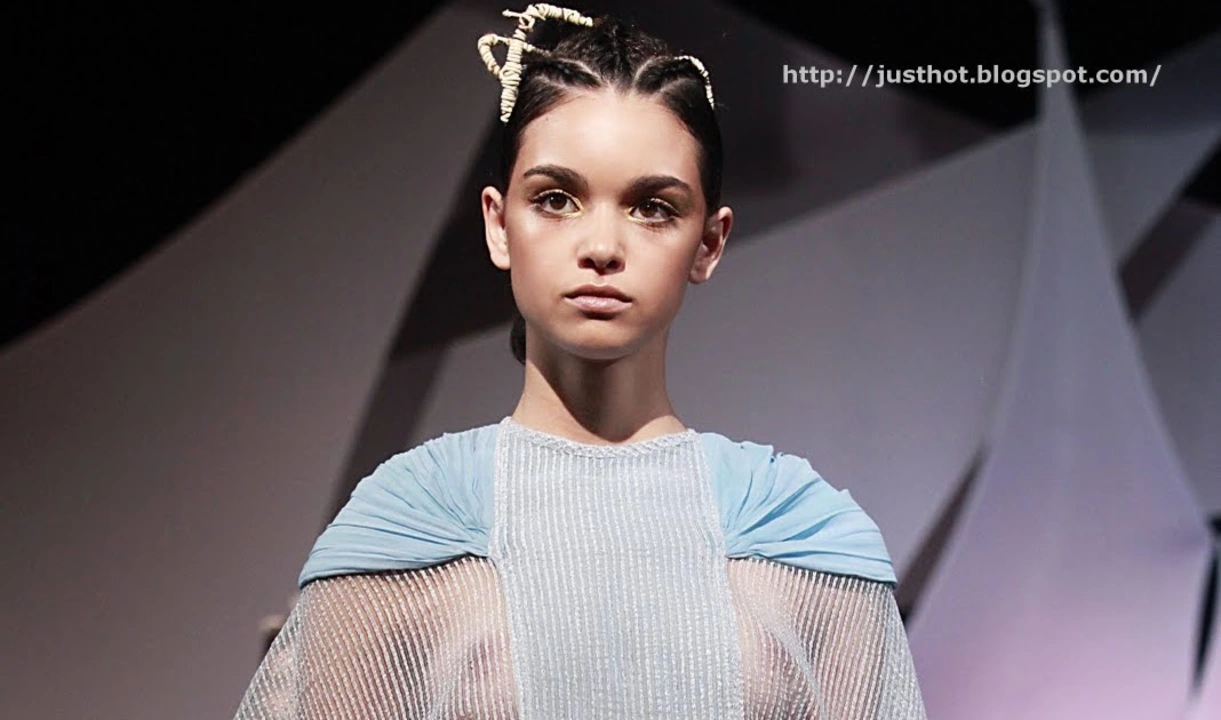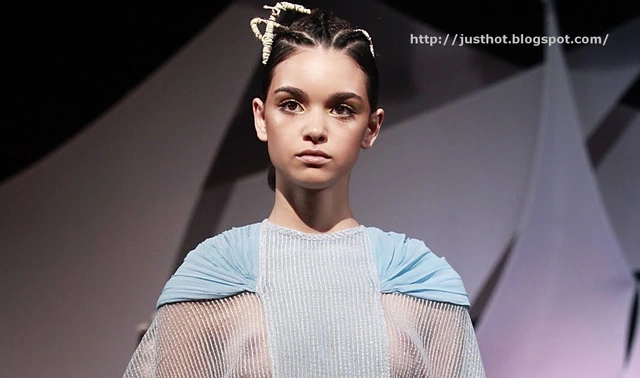How do runway models get paid?

- Date: 7 May 2023
- Categories:
- Author: Ryland Beaumont
Introduction: The World of Runway Modeling
As a fashion enthusiast and blogger, I often find myself immersed in the glamorous world of runway modeling. From the breathtaking designs showcased on the catwalk to the incredible poise and confidence exuded by the models, there's no denying the allure of this profession. But beyond the glitz and glamor, many people wonder how runway models are compensated for their work. In this article, we'll delve into the various ways runway models get paid and explore the factors that influence their earnings. So, let's dive right in!
1. Agency Representation and Model Contracts
Before we can discuss how runway models get paid, it's crucial to understand the role of modeling agencies in this process. Most models are signed with an agency, which acts as their representative and negotiator when it comes to booking jobs and securing contracts. A model's agency will typically take a percentage of their earnings (usually around 10-20%) as a commission for their services.
When a model is booked for a runway show, they will often sign a contract outlining the terms of their agreement, which includes details about payment. This contract may stipulate a fixed fee for the show, an hourly rate, or a combination of both. It's essential for models to read and understand their contracts carefully, as this will dictate how they are compensated for their work.
2. The Impact of Experience and Reputation
Not all runway models are paid the same; in fact, there's a vast disparity in earnings based on a model's experience and reputation in the industry. New faces just starting in the industry can expect to earn significantly less than established, in-demand models. It's not uncommon for beginners to work for free or for trade (i.e., receiving clothes or products in exchange for their modeling services), especially when working with smaller designers or brands.
However, as a model's career progresses and their reputation grows, so does their earning potential. Top-tier runway models can command thousands of dollars per show, and even more, if they have exclusive contracts with high-profile designers. These models have worked hard to build their brand and are often considered celebrities in their own right, which allows them to negotiate higher fees for their runway appearances.
3. The Significance of Fashion Week
Fashion Week is a crucial event in the modeling calendar, as it presents an opportunity for models to showcase their talents on the world stage and potentially earn substantial fees for their work. During this time, major cities such as New York, London, Milan, and Paris host a series of runway shows featuring collections from top designers and fashion houses. The demand for models during Fashion Week is exceptionally high, and the competition for coveted spots on the runway is fierce.
Securing a booking during Fashion Week can be a significant boost to a model's career and earnings. Top models can make thousands of dollars per show, while lesser-known models may still earn a few hundred dollars for their efforts. Of course, the prestige and exposure that come with walking in a high-profile runway show can also lead to other lucrative opportunities, such as advertising campaigns and editorial work.
4. Exclusive Contracts and Model Ambassadors
Some runway models may be fortunate enough to secure exclusive contracts with designers or fashion houses, which can be a significant source of income. In these cases, a model agrees to work exclusively for a particular brand during a specific period (usually a season). In return, they receive a higher fee for their services and often gain additional benefits, such as increased exposure and the opportunity to build a strong relationship with the brand.
Additionally, some models become ambassadors for fashion brands, endorsing their products and representing the brand at events and in advertising campaigns. These relationships can be incredibly lucrative and may even include bonuses and incentives based on the model's performance and the success of the brand.
5. The Influence of Social Media
In today's digital age, social media has become an integral part of the fashion industry and a powerful tool for runway models to increase their visibility and earning potential. Models with large and engaged followings on platforms like Instagram, Twitter, and TikTok can leverage their influence to secure higher fees for runway appearances, as well as lucrative brand partnerships and endorsement deals.
As a result, many models are now investing time and effort into building their online presence and personal brand, as this can directly impact their earnings and career trajectory. From sharing behind-the-scenes footage of runway shows to collaborating with designers and photographers on unique content, savvy models are using social media to their advantage and reaping the rewards.
6. Print and Advertising Work
While runway shows are the most visible aspect of a model's work, they are not the only source of income. Many models also secure print and advertising jobs, which can be considerably more lucrative than runway appearances. From appearing in fashion editorials for magazines to fronting high-profile advertising campaigns, these opportunities can significantly boost a model's earnings and help them to establish a successful and long-lasting career.
Furthermore, print and advertising work can often lead to more runway bookings, as designers and casting directors will be more likely to notice models who have a strong portfolio and a proven track record of success in the industry.
7. Other Income Streams: Acting, Hosting, and More
Finally, it's worth noting that many runway models diversify their income streams by exploring opportunities in other areas of the entertainment industry. Some may try their hand at acting, landing roles in movies, television shows, or music videos. Others may find success as television hosts, presenters, or even fashion designers themselves.
By expanding their skillset and pursuing these additional avenues, runway models can not only supplement their earnings but also create a more sustainable and fulfilling career in the notoriously competitive world of fashion.
Conclusion: The Complexities of Runway Model Earnings
So, how do runway models get paid? As we've seen, the answer is far from straightforward. From agency representation and experience to exclusive contracts and social media influence, a multitude of factors can impact a model's earnings. While it's true that the most successful runway models can command impressive fees for their work, it's essential to remember that many others may struggle to make a living in this notoriously competitive industry. For those who are truly passionate about pursuing a career in runway modeling, understanding the various ways to maximize their income and exposure is crucial for long-term success.




